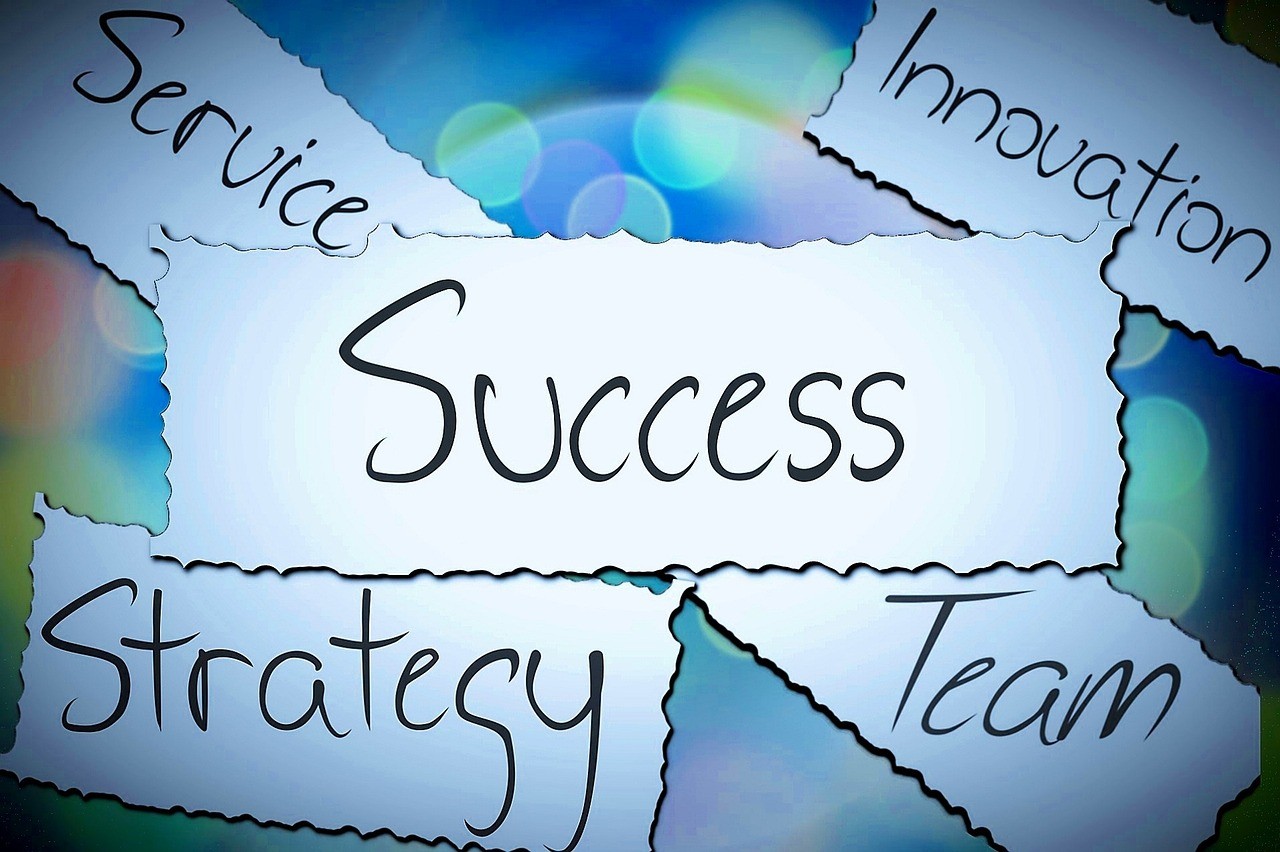8 Customer Success Myths That Need Busting

Customer success is a growing discipline. It’s a new component in many businesses, particularly SaaS organizations. Many working customer success managers (CSMs) are building and deploying customer success programs for the first time, having recently been pulled from other teams within the organization.
I’m happy the discipline is expanding because it means more value for customers and better results for organizations. But, the growth period has created a lot of misinformation.
Today, I’d like to clear up some of the most common customer success myths. If you’ve believed any of these myths, I recommend seeking deeper education on each subject. If you know a CSM who is pushing one of these beliefs, inform them accordingly.
1. Myth: A lot of product usage means the customer is realizing value
There’s a tendency for some CSMs to look solely at product usage as a measure for how happy the customer is with the product. Product usage tells part of the story, but not everything.
For instance, a customer may be stuck with your product because they’ve invested heavily in integration and training. They aren’t happy, but the cost to choose another product is discouraging or they aren’t aware that a better solution exists. When they discover an alternative that meets their needs, they’ll drop you immediately. You’ll have no chance to save the account because they’ve already been conditioned by disappointment.
“Some products play such an integral part in a company’s success that regardless of whether or not they’re satisfied with the product, they are forced to use it for the sake of meeting business objectives,” says Burke Alder, a customer success strategist at Client Success. “Too many CSMs assume that just because their customers are using a product, that they are seeing true value.”
Track usage at the individual and feature level so you can identify red flags. If an important feature isn’t being used by a customer, you should investigate. Furthermore, make sure you’re measuring many more variables than just product usage.
2. Myth: Customer success only applies to SaaS businesses
On my blog, I talk about a lot about SaaS businesses because that’s what I know best. Indeed, customer success was born of SaaS because it fits so well: When your customer buys the product again and again (sometimes every month), you need to focus on the value they receive.
But customer success is useful in all types of businesses to different degrees. Every business has a customer who wants to find the product valuable. Customer success is applicable to any role that helps the customer get more use or better use out of the product.
3. Myth: Boosting your customer health score is accurate

Most customer success programs use a customer health score (often the Net Promoter Score) to gauge customer sentiment. But they forget that the number is only a representation of the account’s health, which means it’s prone to a spikes and dips.
For instance, a CSM might schedule an NPS survey immediately after the customer has had a valuable experience with the product, like successfully using a primary feature. This will boost your NPS score (and you get to tell your boss, “Look how high our numbers are!”), but that number won’t be accurate.
(There’s an argument to be made that asking for a positive review reinforces the positive experience, but you would have to segment these responses from the rest.)
Don’t try to inflate your customer health score by measuring during spikes or dips or you’ll rob yourself of accurate information. Create a custom health score that measures customer behaviors and feedback in aggregate so you always have a reasonable number.
4. Myth: There is a perfect ratio of CSMs to customers
I’m a little guilty of this in the past, so this one is worth clearing up. Conventional wisdom says that you need a CSM for every $2 million in yearly recurring revenue. The truth is that the answer isn’t so clear. It depends highly on your product, your customer, and your CSMs.
The goal is to have enough CSMs to adequately service your accounts without spending unnecessary resources. For your model, that very well could mean CSMs who handle a single account. It might mean having multiple CSMs on a single account if the account brings in plenty of revenue.
Don’t get caught up in recommended numbers here. Put as many CSMs as you need to prevent churn without anyone being stressed. Remember, you want everyone (customers and employees) to stick around long term.
SaaS consultant and customer success evangelist Nichole Elizabeth DeMeré recommends taking a customer-centric approach (which is fitting):
“When finding your own ratio, look at your customers first. Which segments need a higher-touch approach? Start by identifying those, tracking the time it takes to do the job right, and developing efficiency measures from there.”
5. Myth: Customer success means a lot of hands-on service

It’s true that customer success is a customer-facing role, but that doesn’t mean CSMs are always engaging with customers. It helps to have some contact, but it’s not always necessary.
In many cases, customers do not want to talk to us. They want their problems solved effortlessly, without having to email, chat or call a representative. If we surprise them with a “Hey, how are things?” email, they could actually be turned off, not pleased.
In cases like these, the best things you can do for customers include providing documentation, smoothing out the onboarding, making value moments absolutely clear, etc. Automation and process are our best tools here.
6. Myth: Every customer is worth saving
Sorry, nope. Some customers aren’t right for your product and nothing you can do will prevent them from churning. It’s not if they will churn, but when.
Honestly, if a customer is going to inevitably churn, it is better they do it sooner rather than later. Revenue is great, but you don’t want people walking away from your product feeling abused or tricked. They will talk to their friends about their poor experience and they won’t say things like “I just wasn’t their ideal customer.”
Decide which customers are likely to see value in your product and put your resources there. When new customers who aren’t right for your product come to you, don’t be afraid to turn them away.
7. Myth: Churn isn’t your fault
There are basically two reasons customer churn:
- They weren’t right for product in the first place (a poor fit).
- They never achieved the value they expected with your product.
Your product is not for everyone, no matter how badly your marketing executive wants to cast his net or how rich the founders want to be. If that mentality exists in your organization, it’s your duty to sit down with the top brass and narrow your target.
If your customers don’t fit the product, then you need to tighten your marketing and sales. Marketing needs to qualify their leads better and sales needs to stop selling to anyone who will hand over their credit card. In some cases, a customer who only sticks around for a few months won’t pay enough to overcome your customer acquisition cost, which means you lose money.
If your customers aren’t achieving the value they expected with your product, that’s your fault, too. Either your product doesn’t solve their problem or the path to achieving value isn’t apparent (which means you need better onboarding and engagement).
Churn is a systemic problem. If it’s not addressed, it will keep happening. Every churned customer makes it harder to grow, so CSMs have to work with other teams within the organization to solve the problem.
8. Myth: There’s one way to do customer success
There’s no right way to do customer success. I wish there was a standard method to prevent churn and stimulate value, but it’s always dependent on the organization, product and customer.
What a CSM does every day stems from the purpose of the customer success program.
Defining your purpose (and getting the C-suite to buy in) is absolutely critical. Only once you decide what you’re trying to accomplish can you determine how you’ll do it.
Hopefully I’ve cleared up some misconceptions you had about customer success. If you have any more questions, don’t hesitate to contact me or leave a comment below – I will respond.
